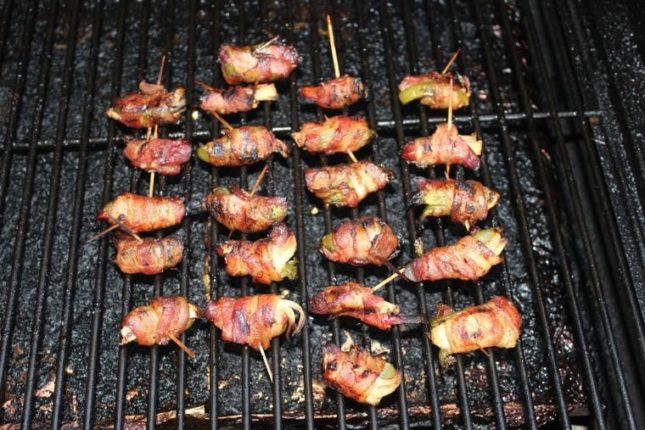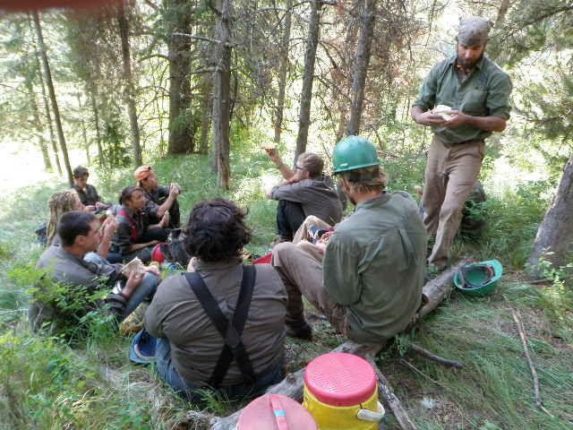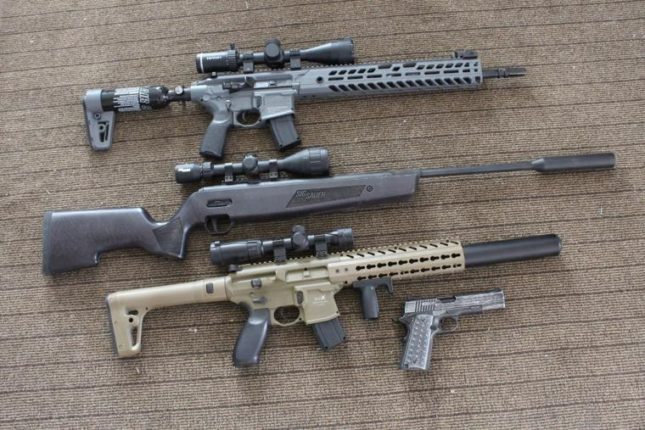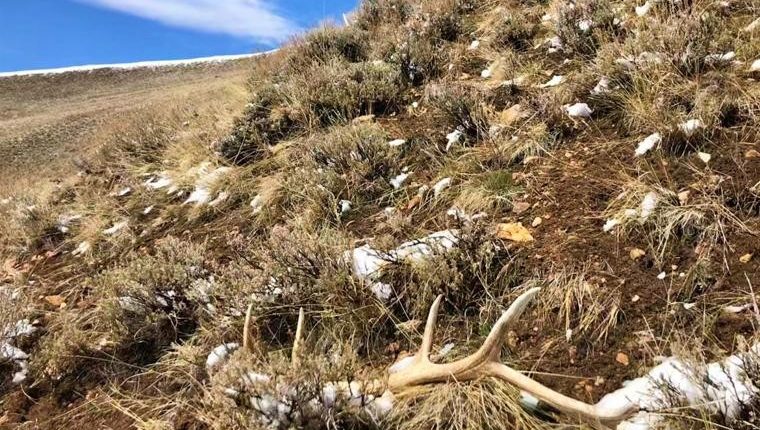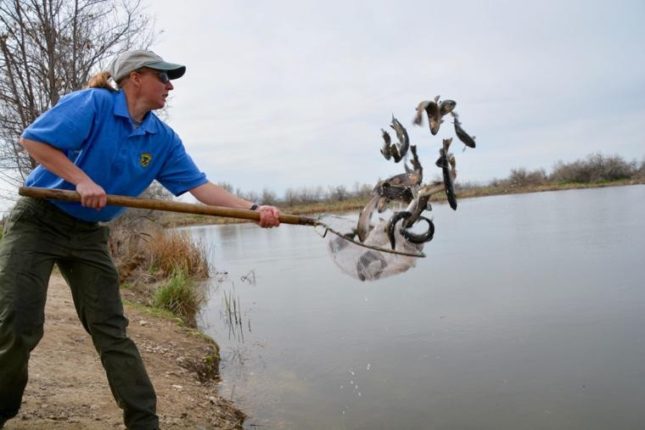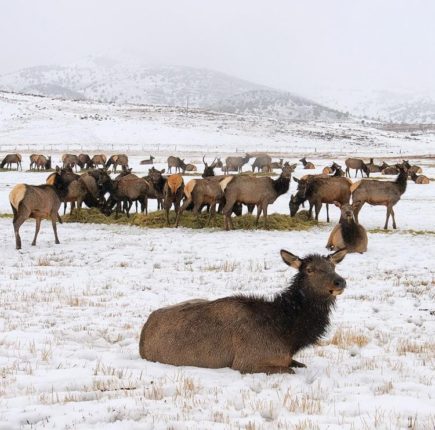Last week, we did an introductory article on airguns. This week, let’s go a little deeper and assume that you’re interested and want to get into airguns and see what it is all about. If you listen to me, I’ll talk you into buying one of everything! But everyone has some kind of budget that they have to live within so, here’s what I’d recommend to get started.
Buy a decent break barrel to get started. They’re relatively inexpensive, at least as compared to a decent PCP (precharged pneumatic) and way less expensive to operate than a CO2 or a PCP. One word of caution, though: Don’t buy a cheap piece of junk spring-action from China, or you’re just going to get frustrated with its inaccuracy and give up on airguns. I know that about happened to me. You can spend as much as you want, but you should be able to get a decent one for around $225.
Actually, I have two words of caution: Of the airguns that I’ve tested, many of them come with a cheap piece of junk for a scope. I understand their reasoning. Companies are trying to keep the price point down so people buy their airguns, but if it is a super cheap scope on your gun, you’re going to get frustrated and not have fun. It is a dilemma. You don’t want to spend $1,000 on an airgun scope but at least buy a functional one. My Sig Sauer and Crosman/Benjamin have all come with good scopes. If yours doesn’t come with a good one, then check out the Riton Optics Primal X1 3-9×40 or, better yet, their Primal X1 4-16×44. But whatever scope you buy, make sure that it is airgun compatible because a lot of scopes aren’t.
Next topic: Pellets. We all know that it is important to buy not only good ammo but also exact ammo to get good groups and have the ultimate performance out of big game rifles. It is just as important to do the same when selecting pellets.
Some airgun companies are trying to make them cheap pellets so they’re affordable, but many are lightweight and flimsy and impossible to get a good group with. I don’t usually rag on companies because everyone is trying to make a living, but one popular airgun company makes horrible pellets. You might as well throw rocks at your target. The best is made by JSB, but Sig Sauer and Crosman also make good pellets. And then I am about to start testing pellets for two companies out South America: Rifle Ammo and Air Boss. To adequately cover pellets will be a whole article in and of itself, so for now let’s move on.
So what are the opportunities to use airguns? Limitless. I see a lot of options. Let’s list out a few.
Airguns are a great avenue to get your kids into hunting if they’re non-hunters. If they don’t want to hunt, just shoot, then airguns are a great place to start. They’re real guns so kids need to be taught gun safety rules because they can hurt or kill you, but hopefully if they make a mistake it won’t be as dangerous as with a big caliber gun. The good deal about starting out kids on airguns is that they don’t kick and don’t make a loud report. So they’re less intimidating.
You’ll need something to shoot. Sig Sauer makes a lot of cool airgun targets, but if you’re a kid on a paper route budget, don’t forget the all-time favorite: tin cans! Or bottles filled with water.
Hunting options abound. Groundhog hunting is about to hit full speed ahead, and opportunities to shoot pigeons in agricultural settings abound. All farmers and ranchers need them thinned out. They poop in their barns, on their equipment and in their livestock feed bunks and spread diseases.
I saw a video of an airgun guide in Africa and they hunted rats at night while spotlighting. That’d be a blast in a barn, wouldn’t it?
Also, now that a lot of people are buying ranchettes out in the country, there are always varmints to thin out. Starlings, pigeons, rats, etc. It is probably not prudent to blast around your neighbors with your ole 30-06, so why not use an airgun?
Well, once again those pesky editors are limiting my word count so I had better shut down, but you can see why airguns are so popular. Plus, some companies are making some cool ones that your kids would love. Sig Sauer makes some cool modern sporting rifles on the AR platform. Ruger made one that mimics their ever popular 10/22, and Springfield made one that mimics the old .30 M1 Carbine.
Tom Claycomb lives in Idaho and has outdoors columns in newspapers in Alaska, Idaho, Utah, Nevada, Colorado and Louisiana. He also writes for various outdoors magazines and teaches outdoors seminars at stores like Cabela’s, Sportsman’s Warehouse and Bass Pro Shop.
